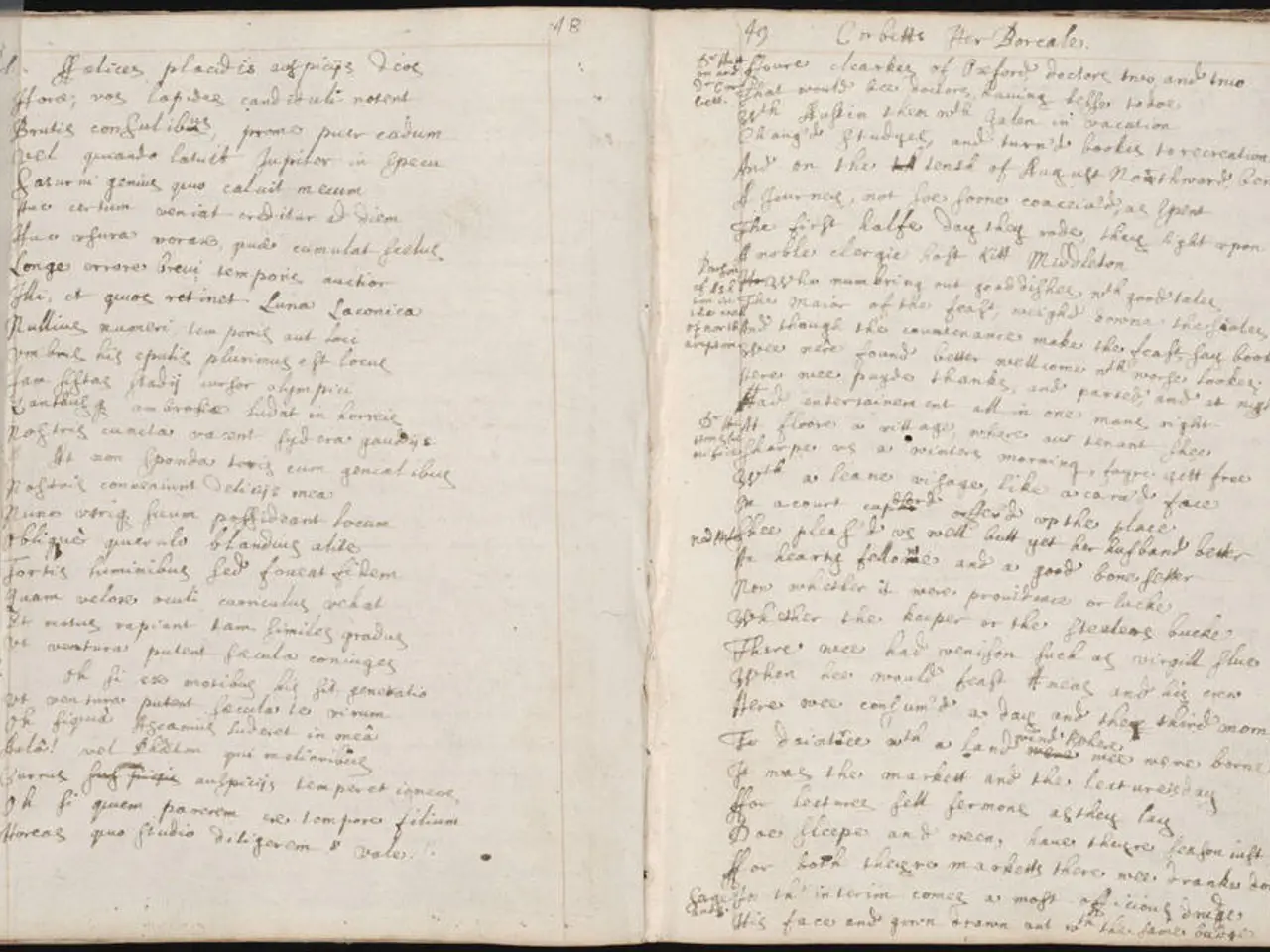Strategies for Composing a Literature Review: Illustrative Examples and Advice
A literature review is an essential component of research, theses, dissertations, and scholarly publications. It is a methodical analysis and interpretation of prior research, theories, procedures, and findings that are relevant to a given subject. Writing a strong literature review involves a systematic approach that integrates critical analysis, clear organization, and scholarly rigor. Here are the best practices widely recommended by academic experts.
## Steps and Structure
1. **Define a Clear Research Question:** Start by identifying a focused research question or problem. Avoid overly broad topics by setting appropriate limitations (time period, population, context) to ensure the review is manageable and meaningful. Use preliminary literature searches to refine your focus and understand the current state of research on your topic.
2. **Conduct Thorough Research:** Gather a comprehensive selection of relevant sources, including peer-reviewed articles, books, and authoritative reports. Use academic databases and reference management tools to organize your sources efficiently.
3. **Critical Reading and Analysis:** Critically evaluate each source for its relevance, methodology, and contribution to the field. Identify key themes, patterns, gaps, and debates in the literature.
4. **Organize the Literature Review:** Organize the literature review logically using a chronological, thematic, methodological, or theoretical approach. Use headings, subheadings, and transitional phrases to create a coherent narrative.
## Writing Best Practices
- **Use Evidence and Cite Accurately:** Support your interpretations and claims with evidence from your sources. Always use proper citations and references according to your discipline’s style guide. - **Be Selective:** Focus on the most important points from each source, especially those directly related to your research problem. Include less critical but relevant information in a “further readings” section if necessary. - **Summarize and Synthesize:** Summarize key findings and synthesize them to show how they relate to each other and to your own research. Highlight gaps, inconsistencies, or areas needing further research to justify the significance of your work. - **Use Quotes Sparingly:** Quote only when necessary to emphasize a point or when the author’s wording is unique or critical. Most of the review should be in your own words. - **Write Formally and Clearly:** Use formal academic language, complete sentences, and precise terminology. Maintain consistency in formatting and style. - **Revise and Proofread:** Edit for clarity, coherence, and grammar. Proofread carefully to eliminate errors before submission.
By following these best practices, you can produce a literature review that is rigorous, insightful, and essential for advancing scholarly knowledge. When conducting a literature search, consider sources such as academic databases, books and book chapters, conference papers, theses and dissertations, and other relevant sources. When synthesizing the literature, analyze the findings, compare studies, identify gaps, provide critical analysis, and ensure coherence. A literature review serves as a synthesis of existing research on a given topic, with the purpose of summarizing, analyzing, identifying gaps, trends, and areas for additional research, establishing a theoretical framework for research, and highlighting methodologies and trends in previous studies. The literature can be organized in a logical structure based on chronological, thematic, methodological, or theoretical approaches. Writing a literature review involves several steps, including defining the research question or objective, conducting a comprehensive literature search, evaluating and selecting relevant sources, organizing the literature, synthesizing the literature, structuring the literature review, editing and revising the literature review, and maintaining coherence. When evaluating and selecting relevant sources, consider relevance to the research question, credibility, publication date, and format. A well-written literature review provides context for a study, identifies gaps, evaluates methodologies, synthesizes knowledge, and helps place the study within the framework of previous studies. A literature review generally follows a standard structure, including an introduction, body, and conclusion.
- Universities offering education-and-self-development programs often incorporate literature reviews as a critical component in research, theses, dissertations, and scholarly publications related to various topics, such as literature.
- Online education platforms can be valuable resources for students seeking to improve their understanding of literature review themes and gain insights into analysis techniques, providing a comprehensive learning experience in the realm of education-and-self-development.
- The literature review process is an essential tool for scholars to identify and critique existing theories on given subjects, fostering advancements in research, promoting original ideas, and ensuring the perpetuation of knowledge in academic communities.




